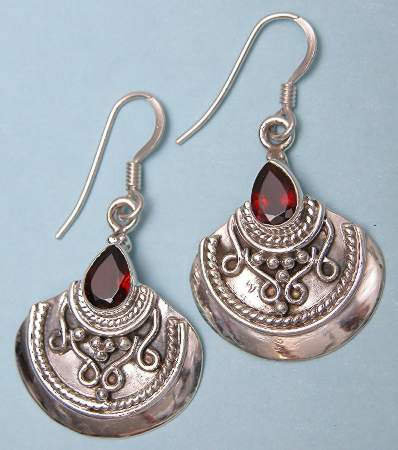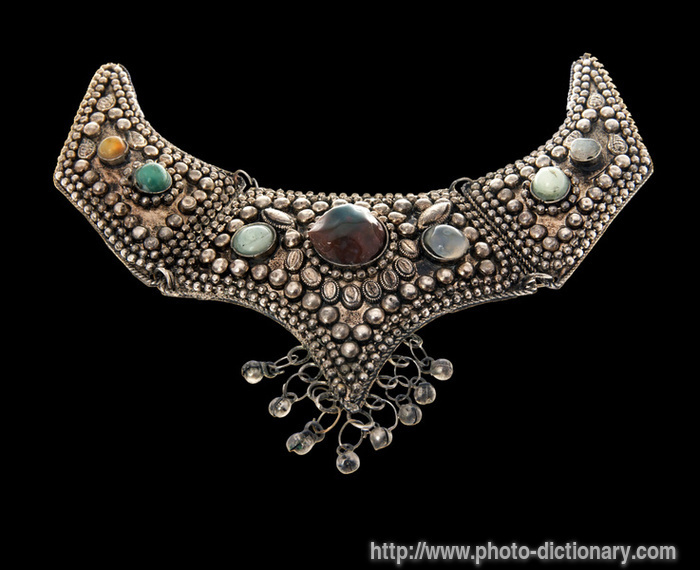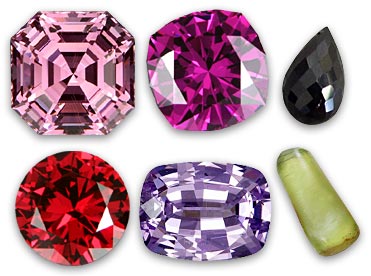
Couple Ring
Ring
Ring, or sometimes being known as finger ring, is a circular band which is wore as a typical ornamental jewelry which is usually wore in our finger. The same circular bands that also worn as an ornamental we know, like arm ring and neck ring.
Rings are worn by both men and women and can be of any quality. Rings can be made of metal, plastic, wood, bone, glass, gemstone, iron, chopper, silver, gold and other materials. They may be set with a “stone” of some sort, which is often a precious or semi-precious gemstone such as ruby, sapphire or emerald, but can also be of almost any material.
Dated back to the early begin of the history or ring, the custom of giving and receiving rings was begin over 4,800 years. The fourth digit or ring finger of the hand has become the customary place to wear a wedding ring in much of the world. It stems from a 16th-century in Tudor belief that the left-handed ring finger was connected by a vein directly to the heart; thus, wearing a ring on the third finger demonstrated that the wearer was in a relationship.
Some cultures have rings typically associated with them. Cultures such as Native Americans use silver and turquoise in their jewelry. Early Christians used the Greek symbol, the Icthus, which resembles a fish. One of the best known is the Irish Claddagh that also has an intriguing story attached to it. Richard Joyce was among the crew of a fishing boat from the village of Claddagh, Ireland that was captured, he was to have been married that very same week. During slavery, Richard Joyce was put to the trade of Goldsmith-ing. Through the years of capture neither married. Richard Joyce created a ring for his love with a heart for love, a crown for loyalty, and two hands.
After Joyce escaped capture, he returned to the village of Claddagh and was overjoyed to see his love again and to know she had never married. She always knew he would return to her. He gave her the ring that has become known as the Claddagh ring. If the Claddagh is worn on the right hand with the crown inward (toward the wrist) the heart is not yet committed. If it is worn on the right hand with the crown turned outward the wearer is committed to someone. Finally if it is worn on the left hand with the crown outward it means “Let our love and friendship reign forever, never to be separated.”
Rings are worn for a variety of reasons including adornment. There are rings given as a reward for a job well done such as the Super Bowl victory.
They are given to represent commitment as in engagements and marriages. Women religious to signify their commitment to God also wear rings.
Rings have some typical shapes and styles, and some of each are have different meaning. For instance, Flat wedding bands are the simplest form of ring that can be made. A flat wedding band basically consists of a strip of metal that is bent around into a loop and joined where the ends meet. Half-round rings, also called D-shape rings, are flat wedding bands that are filed half-round on the outside. Eternity rings are rings with stones, usually diamonds, of the same cut and size, set in one row all around the ring. The stones are usually round or square, and the setting is usually either claws or a channel setting. When the stones do not continue around the entire ring, but stop halfway around the finger, it is called a half-eternity ring.
Some rings also have usage meaning for the wearer, like, Aqiq ring; A carnelian or Agate ring worn by some Muslims, especially Shi’ah, in imitation of Muhammad and the twelve Imams. Engagement ring; A traditional ring worn by a woman to indicate her engagement to be married. Friendship ring; Friendship rings are used to symbolize a close relationship that has no romantic undertone. Thumb ring; This largest of finger rings is worn on the thumb primarily for fashion, but is also worn as a symbol of will power or internal energy, sexuality, and other beliefs or attitudes.
www.IndonesiaJewelry.com










